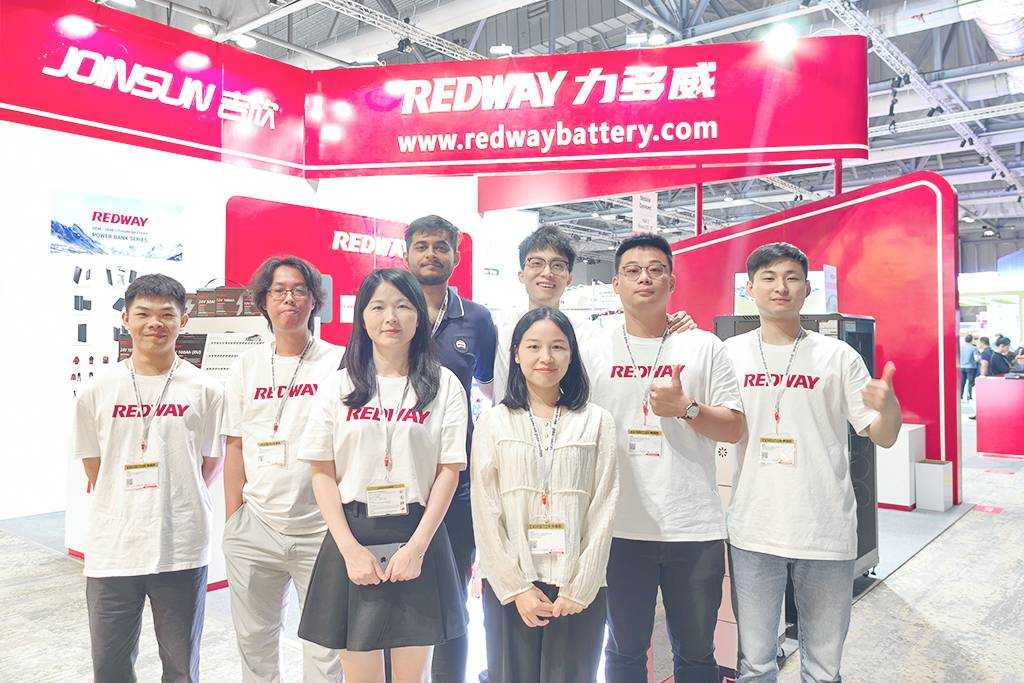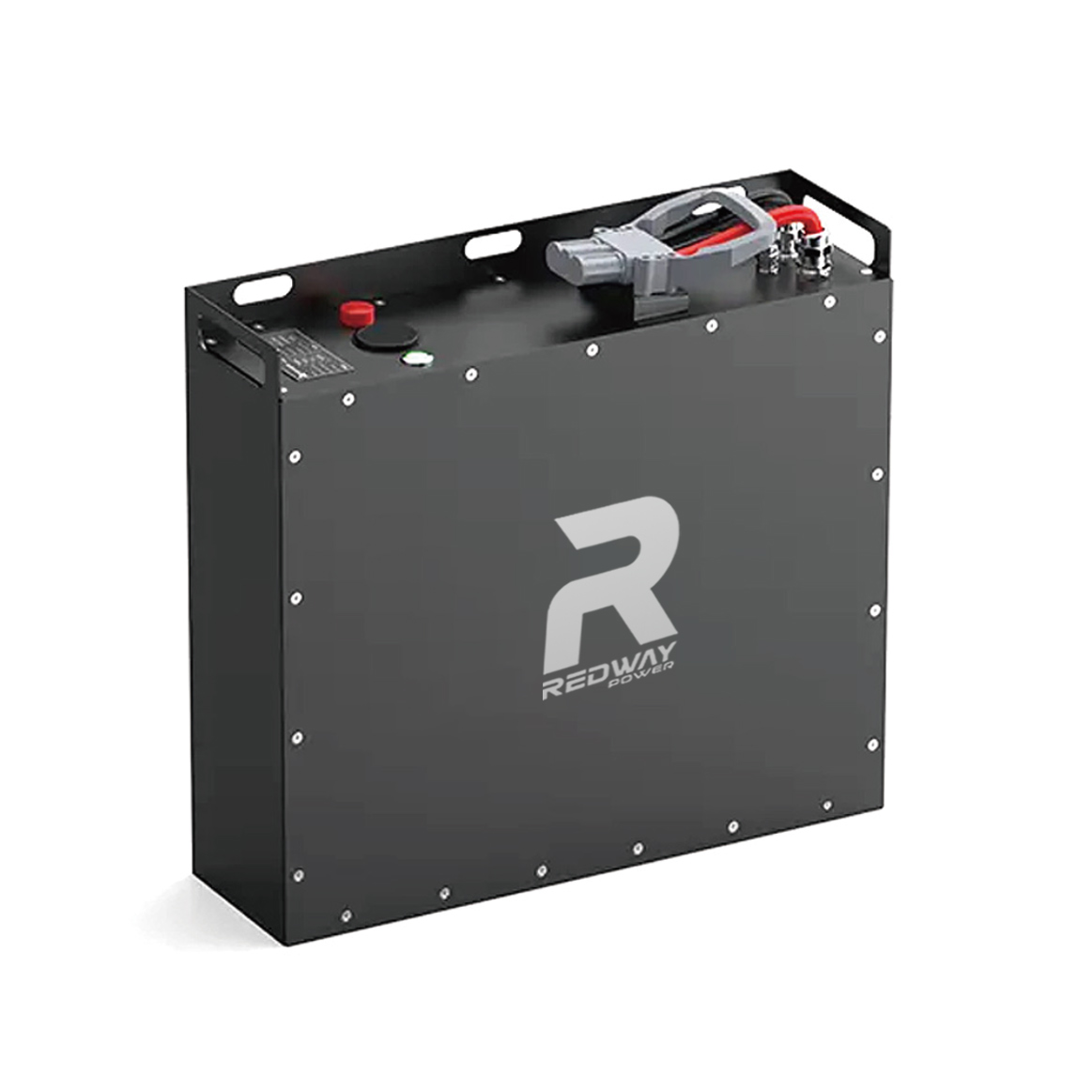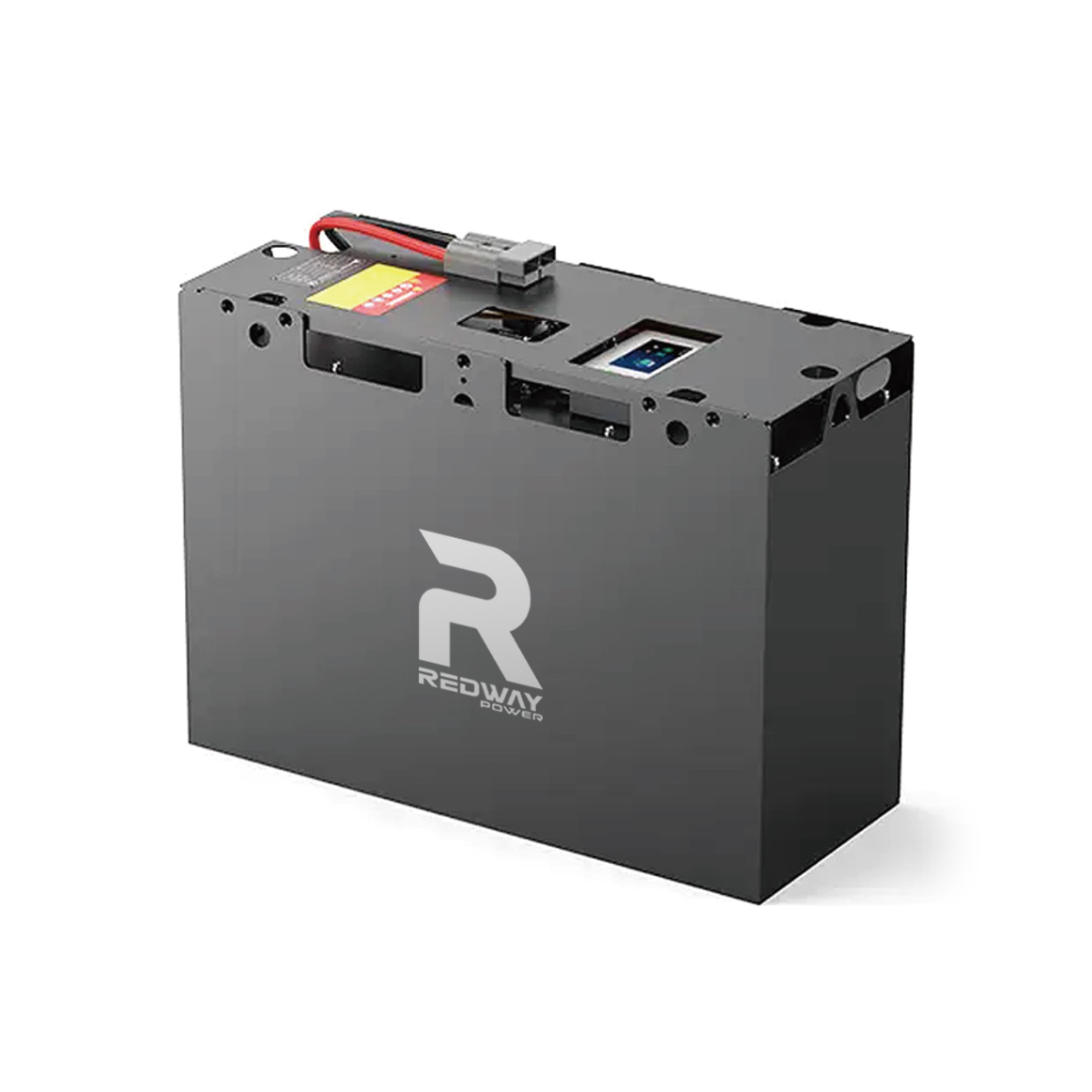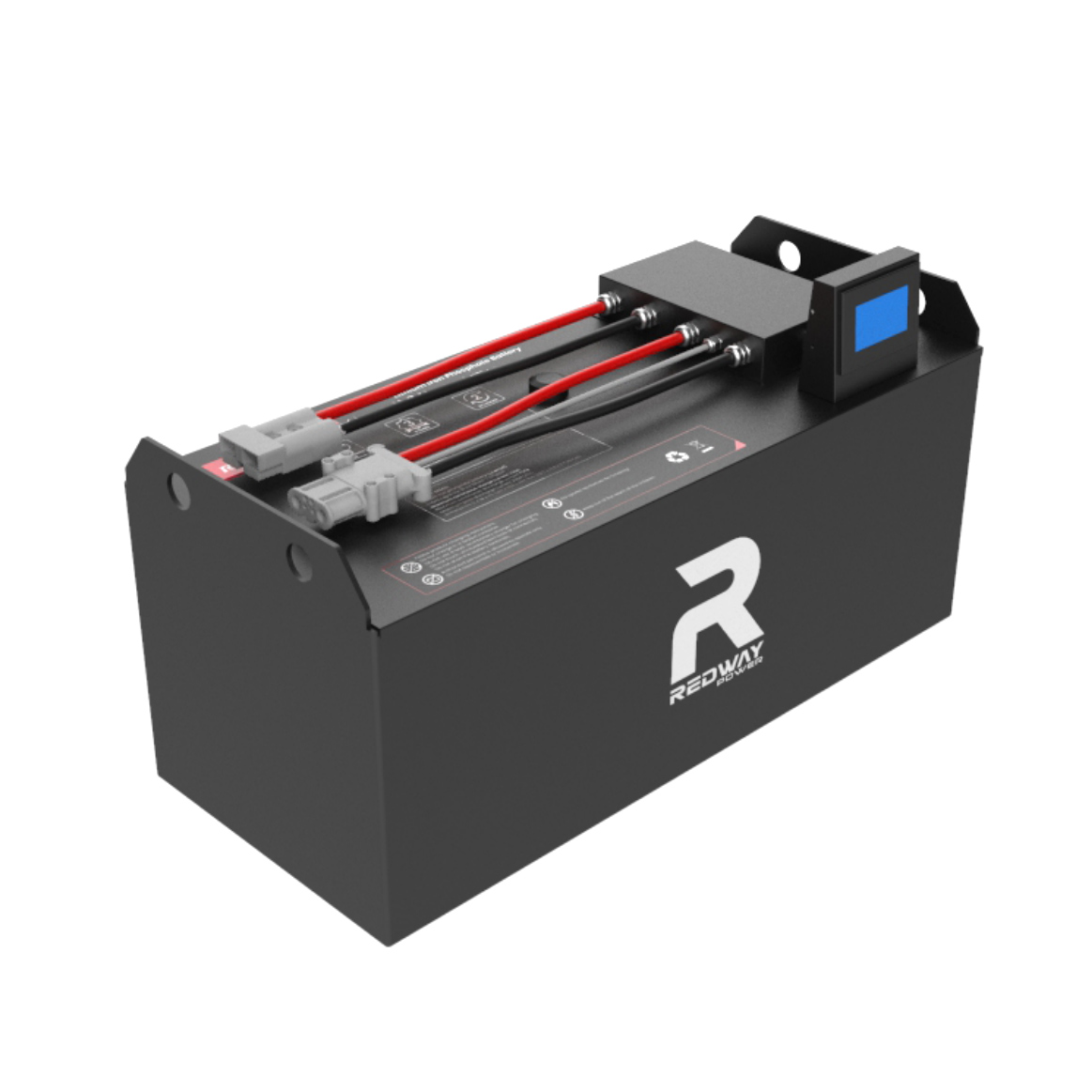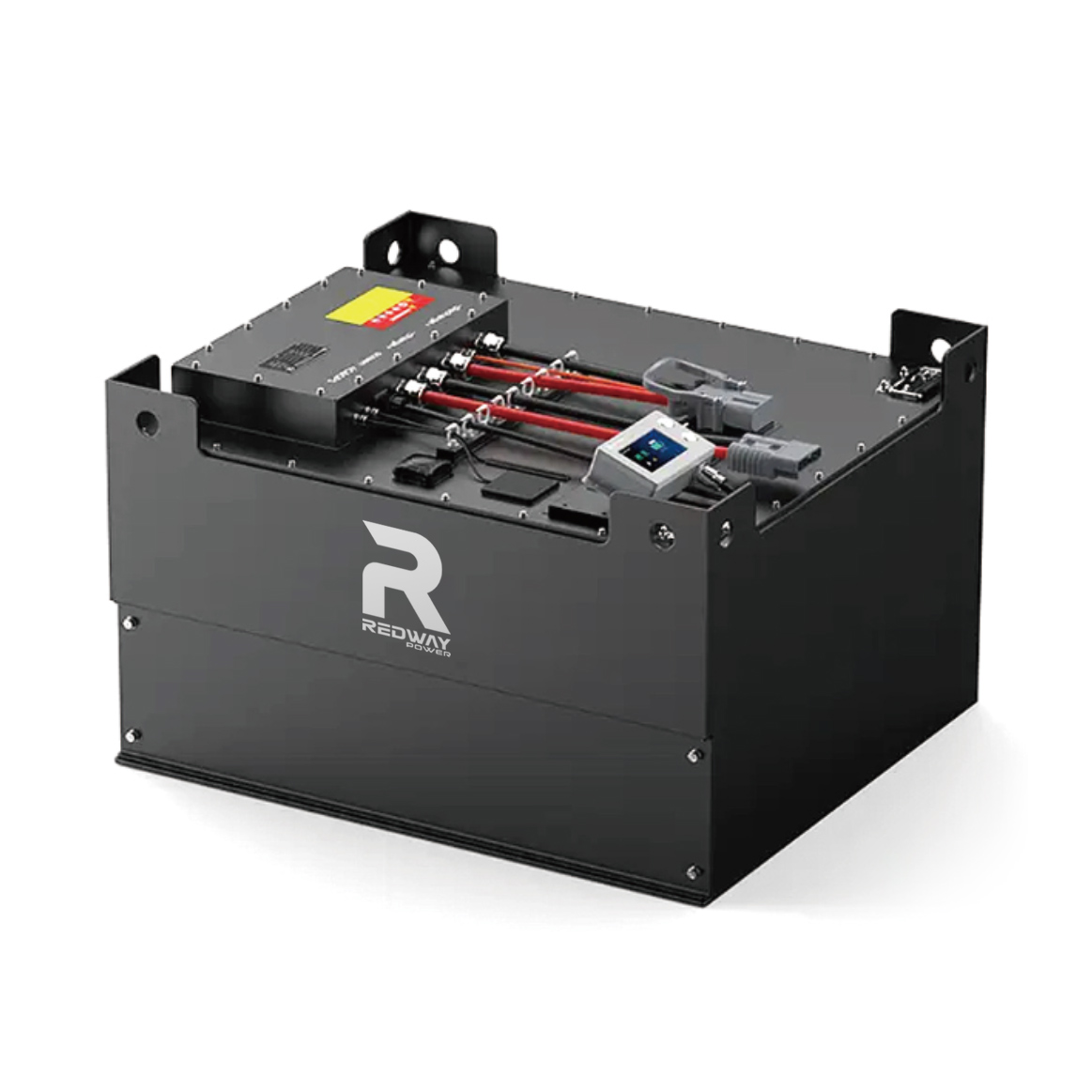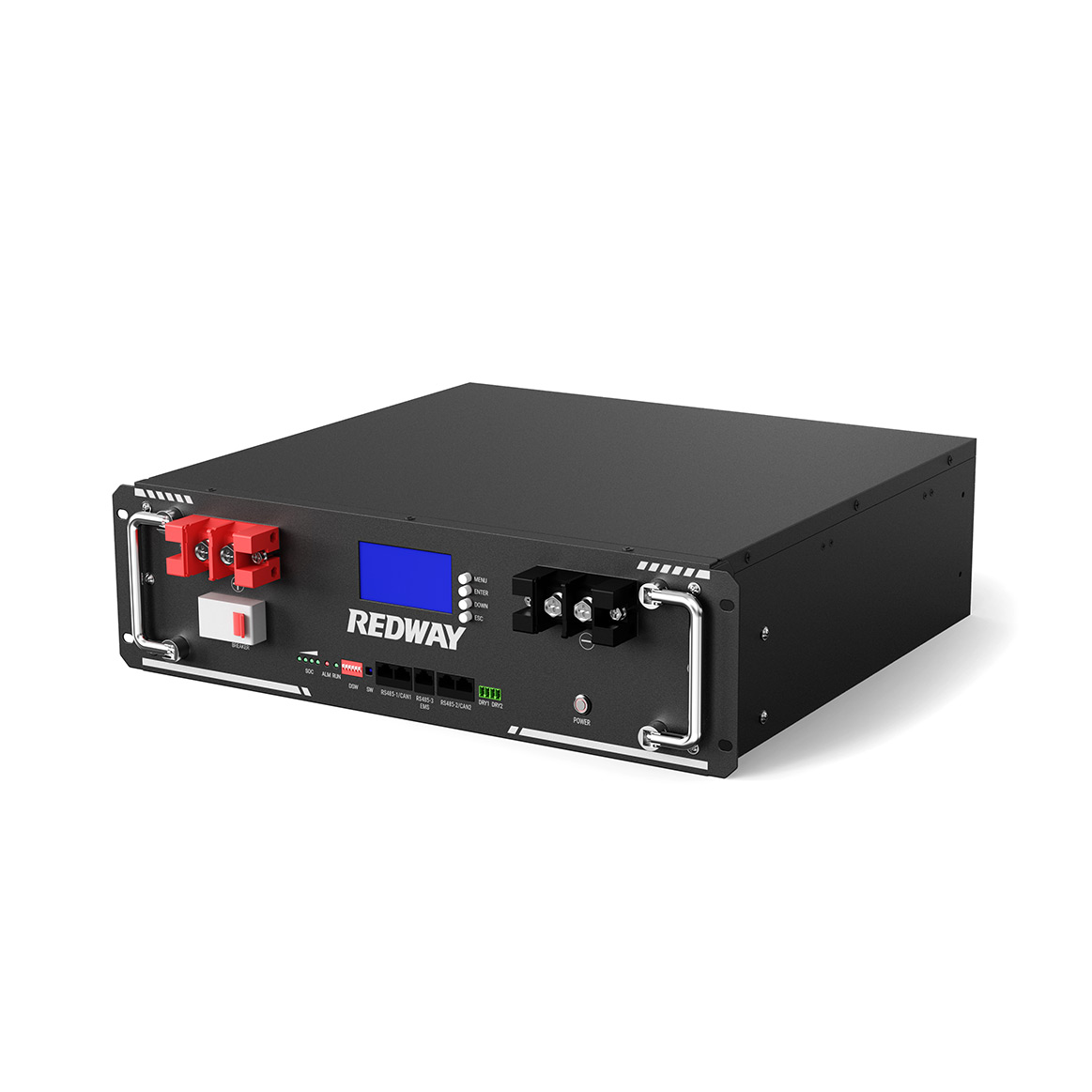Deep Cycle LiFePO4 Batteries Manufacturer
Looking for a business partner from whom you can buy deep cycle lithium batteries at wholesale price? We got you covered. Learn more about how we can work together.
Redway Lithium ion Battery Factory has been diligently striving to unlock the mysteries of transforming deep cycle LiFePO4 Batteries into a profitable venture. Discover the inner workings of LiFePO4 Batteries, explore their advantages, various categories, extensive product line, exceptional craftsmanship, and a plethora of other fascinating details by simply clicking the button below!
We are a Lithium Battery OEM Factory
Redway is dedicated to the domains of 12V, 24V, 36V, 48V, 60V, 72V, 80V, 96V, 100V Deep Cycle Lithium Iron Phosphate Batteries, RV lithium battery, Marine battery, Rack-mounted lithium battery, Golf cart lithium battery and Forklift lithium batteries. Their ultimate goal is to fulfill the diverse energy needs of customers by providing comprehensive energy service solutions. These solutions encompass a range of offerings, including lithium-ion battery energy storage products, smart hardware solutions, energy investment, and operational services, among others.
Don’t you find what you are looking for?
Just tell us your detailed requirements. The best offer will be provided.
Blog
What Are Key Design Considerations for Golf Cart LiFePO4 Batteries in OEM Production?
December 31, 2025
No Comments
Golf cart LiFePO4 batteries in OEM production demand attention to safety, durability, and efficiency. Manufacturers like Redway Battery focus on advanced BMS, thermal management, vibration
What Are High-Performance Golf Cart Battery Standards?
December 31, 2025
No Comments
High-performance golf cart batteries follow rigorous safety and performance standards, including UL 2271, ISO 9001, and UN38.3, with LiFePO4 chemistry providing 3000–5000 cycles, 48V/100Ah capacity,
How Do LiFePO4 Batteries Reduce Golf Cart Weight?
December 31, 2025
No Comments
LiFePO4 batteries significantly reduce golf cart weight by 50-70% compared to traditional lead-acid batteries, improving speed, handling, and range while extending battery lifespan up to

